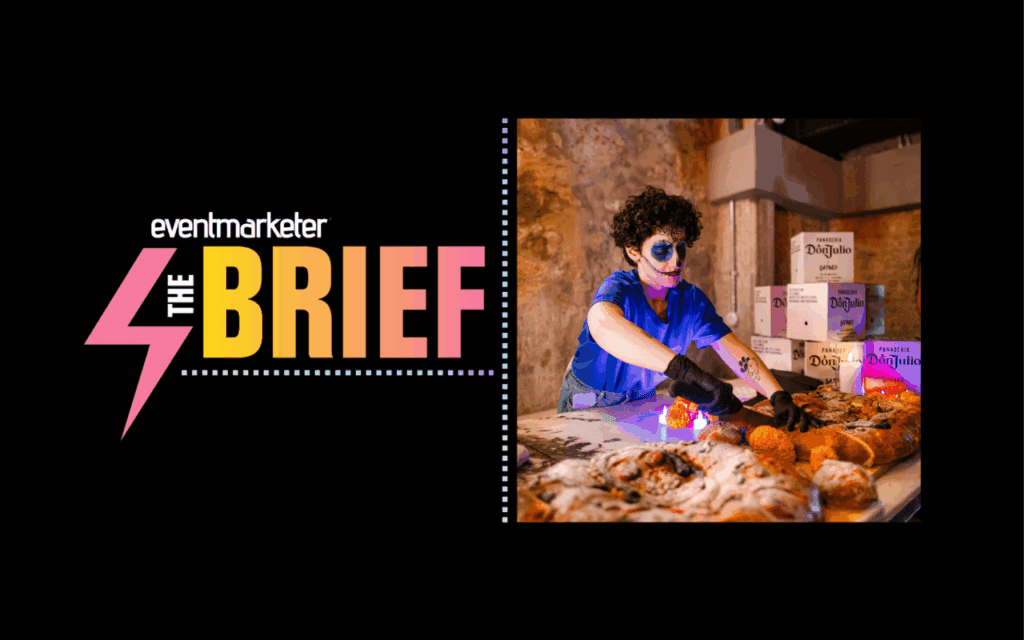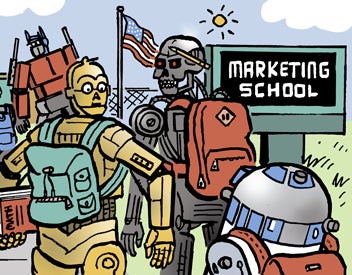Using email marketing campaigns during the holiday selling season is fast becoming a time-honored tradition right alongside decorating the Christmas tree. Fortunately for retailers working to increase their percentage of the estimated $873 to $877 billion in total holiday sales, setting up email marketing for holiday shoppers takes less time than it does to untangle the lights and unpack the ornaments.
Here's some tips to put together an effective holiday email campaign.
Think like an elf, or at least like a holiday shopper.
Investing time up front will dramatically improve the performance of your email marketing campaigns. Build an email marketing plan for the season by mapping out promotions, topics and campaigns against the calendar, using major holidays as milestones.
Special dates include: Black Friday (Nov. 25) and Cyber Monday (Nov. 28), as well as Saturday, Dec. 17. That's the week before Christmas and there will be a sense of urgency for shoppers who want their gifts shipped. Don't leave out the day after Christmas (Dec. 26) either. Shoppers are returning what doesn't fit or work and looking for deep discounted items to pick up instead.
And, don't forget about Hanukkah. The Festival of Lights is an eight day holiday that starts on December 20 this year. Gifts, both big and small, are shared each night. While laying out your email plan, work in a series of emails to promote gift ideas for each night.
Add twinkle to your template.
It is important to create an email template that reflects your image. Branding combines naming, logo development, messaging and taglines and provides a simple way for customers to quickly grasp the basics of the values your business offers. A good brand runs through all communications your company has with prospects and clients, right down to your email marketing.
As long as you don't go overboard, consider bringing some bling to your holiday email template. Your graphics can portray your brand and still be festive. For instance, a fine jewelry store could add a photo of a golden wreath into the email while a sporting goods retailer could have some fun with a rendition of Santa traversing the slopes on his new skis. Graphics for children's merchandise is endless—from wooden horses on a bed of snow to a mob of children pointing fingers at items on the other side of the shopkeeper's window.
Take advantage of template options, editing capabilities and graphics your email service offers, and make sure your provider allows you to import your own pictures. You may also increase engagement by linking to a video on YouTube that captures your sales team making and munching snicker doodles or sipping hot chocolate with mounds of whipped cream oozing down the side of the cup.
Give the gift of great deals.
Relevance is the golden rule when it comes to email marketing. If you aren't providing relevant information, your customers simply won't open your messages. Both your subject line and the content within your email need to be as compelling as possible to your audience. A good way to check what is compelling to your readers is to review reports for offers that worked well in the past. Leverage the successful verbiage and material as you create new copy for emails.
Subject lines need to be bold. They should be personalized, specific and valuable. Incite your recipients to open your message with a call to action in the subject line. A generic header such as "Gift ideas for the holidays" doesn't provoke opening an email immediately as something like "Special 10% off your holiday gifts if you purchase within 5 days." Just be sure you don't use words like "free," "limited time offer," or "amazing" anywhere in your subject line. These are red flags for spam and will cause your unopened email to go directly into the trash folder.
In general, while writing your subject line, focus on the urgency and uniqueness of the offer. Once you know what you want to say, compose it so the first two words convey the need to immediately purchase and why the offer is exclusive.
Take your sleigh for a test-run.
Keep in mind that this is not a science. Continue to test your subject lines as you move forward with your email campaigns and review the reports that tell you what is opened more often. Over time you will have enough information to know which subjects work best and a compilation of what not to do.
Just as your subject line should cause someone to want to read on, the copy within your campaign should also be compelling. Watch what the trends are and make sure you include what's hot this holiday season, both nationally and within your own store. Include hyperlinks in your email to web pages that offer gift cards, direct shipping promotions, coupons, free wrapping, discounts, two for one, etc. Take advantage of recommendations from customers about your products and service. These can help influence a lurker to become a paying customer.
While you build the body of your email, remember to share information for impulse buys. For example, to someone looking to buy a day spa package as a holiday gift, include a list of purchases they can add for under $25. And for those looking to save some money without compromising on the joy of giving, promote five products under $50 one week and another five under $75 the next.
Finally, make sure your holiday email program has a long-term return on investment for your business. Keep track of open rates, clicks, bounces and opt-outs. Track your sales based on your promotions included in emails using Google Analytics parameters in your links. This will give you a great head start on next year's holiday marketing.
Paul Turnbull ( Paul.Turnbull@j2global.com ) is the product manager for Campaigner.



